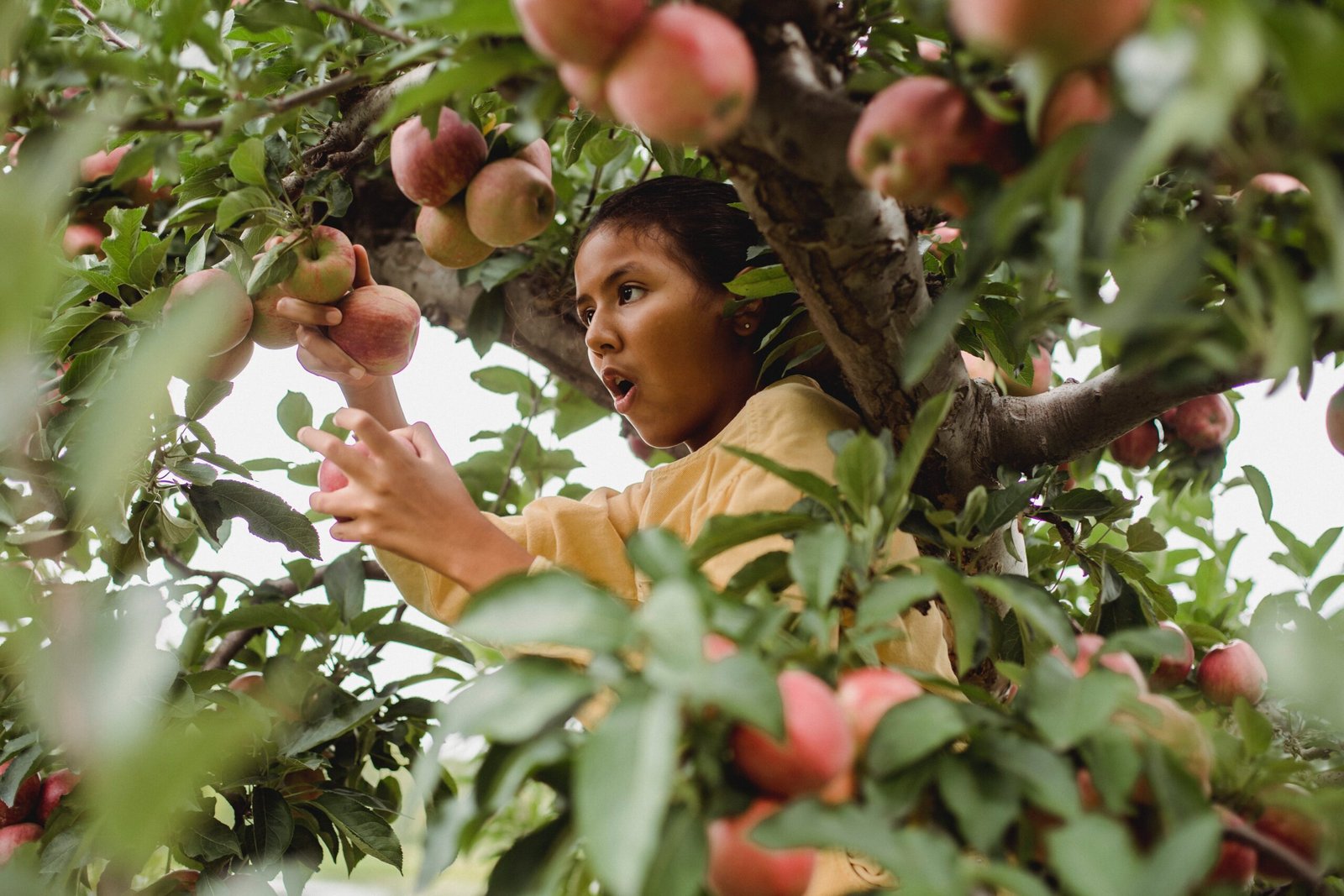What is and how to optimize SEO with Google Core Web Vitals?
In recent weeks we have reviewed the Core Web Vitals , essential metrics for the correct SEO positioning of your website, we have seen the Largest Contentful Paint (LCP) , First Input Delay (FID) and the Cumulative Layout Shift (CLS). What is and how to optimize SEO with Google Core Web Vitals?
This long-tail of articles related to SEO is no coincidence, since last May 2021 Google applied Core Web Vitals to its positioning engine , essential metrics to position your website through user experience.
Google’s generic positioning metrics combine Core Web Vitals with these other metrics:
- Website adapted to mobile devices
- Secure browsing
- HTTPS security
- Don’t show intrusive windows
Core Web Vitals are one of Google’s five experience cues:
Core Web Vitals are designed to measure how users experience the speed, responsiveness, and visual stability of your website.
Specifically, these are the metrics that make up the Vitales Web Vitals:
- Largest Contentful Paint (LCP): The time it takes for the main content of a page to load. The ideal LCP value is 2.5 seconds or less.
- First Input Delay (FID): The time it takes for a page to become interactive. The ideal value should be less than 100 microseconds.
- Cumulative Layout Shift (CLS): The number of changes that occur in the layout unexpectedly. The ideal value should be less than 0.1.
“These metrics evaluate how users perceive the experience of interaction with your website and contribute to our continued work to ensure that people get the most useful and enjoyable experiences on the web.” Google
Google’s Core Web Vitals metrics
Largest Contentful Paint (LCP)
Largest Contentful Paint evaluates the loading time of your website and is informed before the user interacts with the page. Once the user touches, clicks or scrolls on the page, the browser will stop creating performance entries because user interactions will often change what is displayed on the page.
More details about the LCP:
- What is Largest Contentful Paint (LCP)?
- How to optimize Largest Contentful Paint (LCP)?
First Input Delay (FID)
First Input Delay focuses on improving the user experience, evaluating the processing time of the events that the user executes on the website. Once the user clicks a link or button, FID begins to evaluate the response time to that interaction.
More details about the FID:
- What is the First Input Delay (FID)?
- How to optimize the First Input Delay (FID)?
Cumulative Layout Shift (CLS)
The Cumulative Layout Shift detects unexpected movements within your website content, measures the sum total of all individual layout change scores for each unexpected layout change that occurs throughout the life of your page.
More details about the CLS:
- What is the Cumulative Layout Shift (CLS)?
- How to optimize the Cumulative Layout Shift (CLS)?
How to measure and evaluate Core Web Vitals?
Here we review some tools that may be useful for you to measure the Core Web Vitals of your website:
- PageSpeed Insights
- Chrome user experience report via BigQuery or CrUX API .
- Search Console (Core Web Vitals report)
Conclusion
Core Web Vitals is already part of Google’s metrics to position your website, so you must be prepared, if you do not do it, your competition may do it, going ahead in online positioning. Optimizing the LCP, FID and CLS is not trivial and will depend on the type of web development you have implemented, so if you need support, we will be happy to help you.


